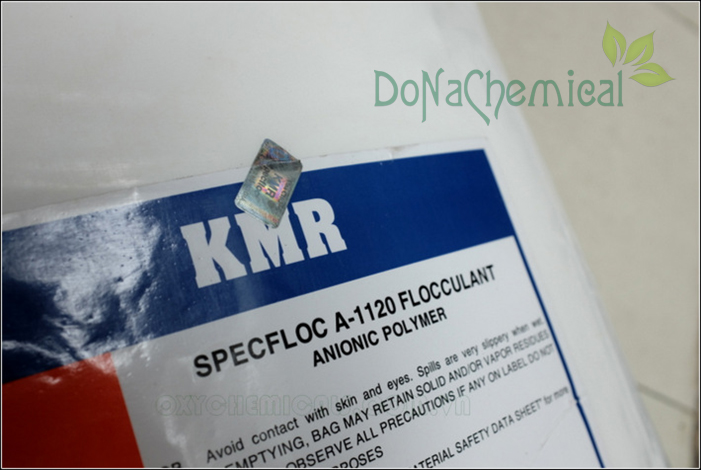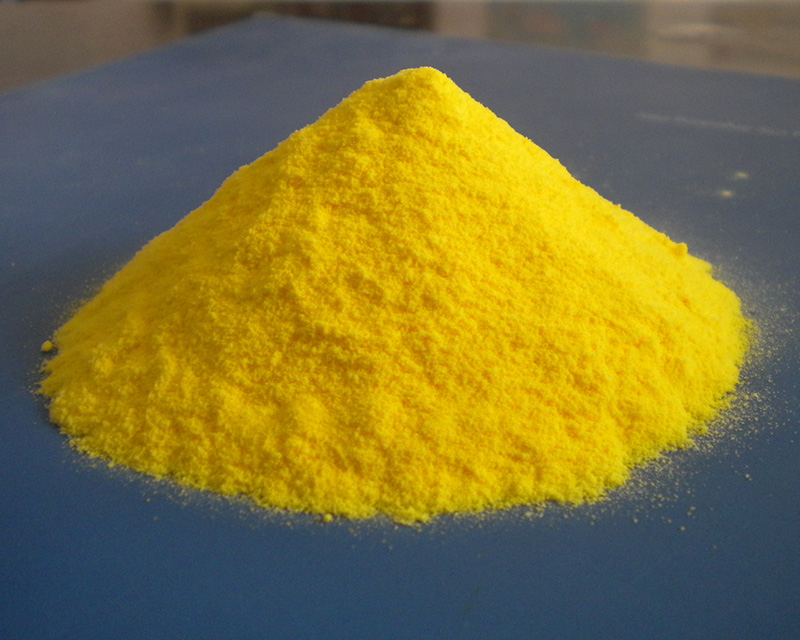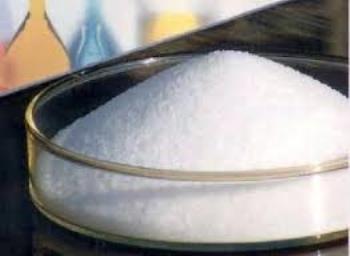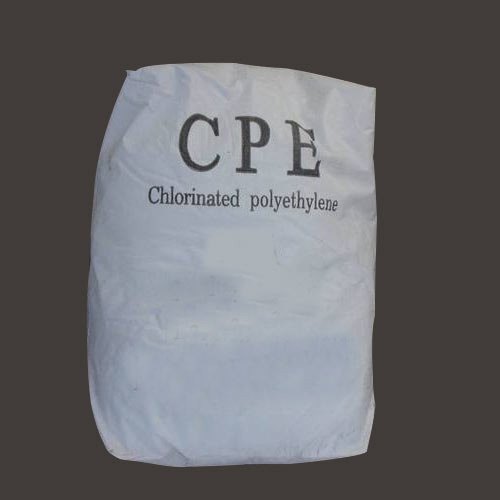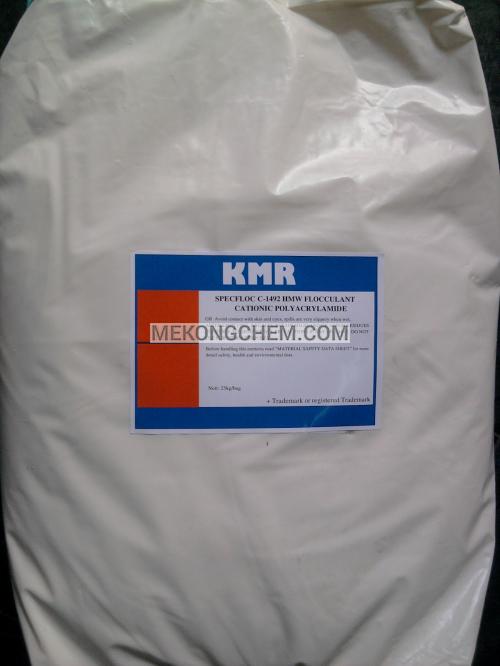| Polymer Chemicals is a widely used chemical in the wastewater treatment industry. Used in chemical and physical treatment processes to increase the flocculation capacity of wastewater. Thanks to the polymer, the mud flakes will be bigger, so that the sedimentation effect will be better, the water will be treated more effectively.
Their high efficiency is shown by the fact that only a very small amount of polymer (several parts per million) of cloudy water has become clear and to dry out a ton of mud, only a few hundred grams of polymer is needed.
This polymer also provides high efficiency for the process of washing, settling when hydrothermal products, especially refining metal oxides and sorting minerals.
Due to its low cost, simple approach, high quality of finished water, the use of polymeric separator has a leading position in domestic cleaning and technology. Mud drying is again a very effective area of application in sludge treatment, as well as in mortar drying technologi.. |

